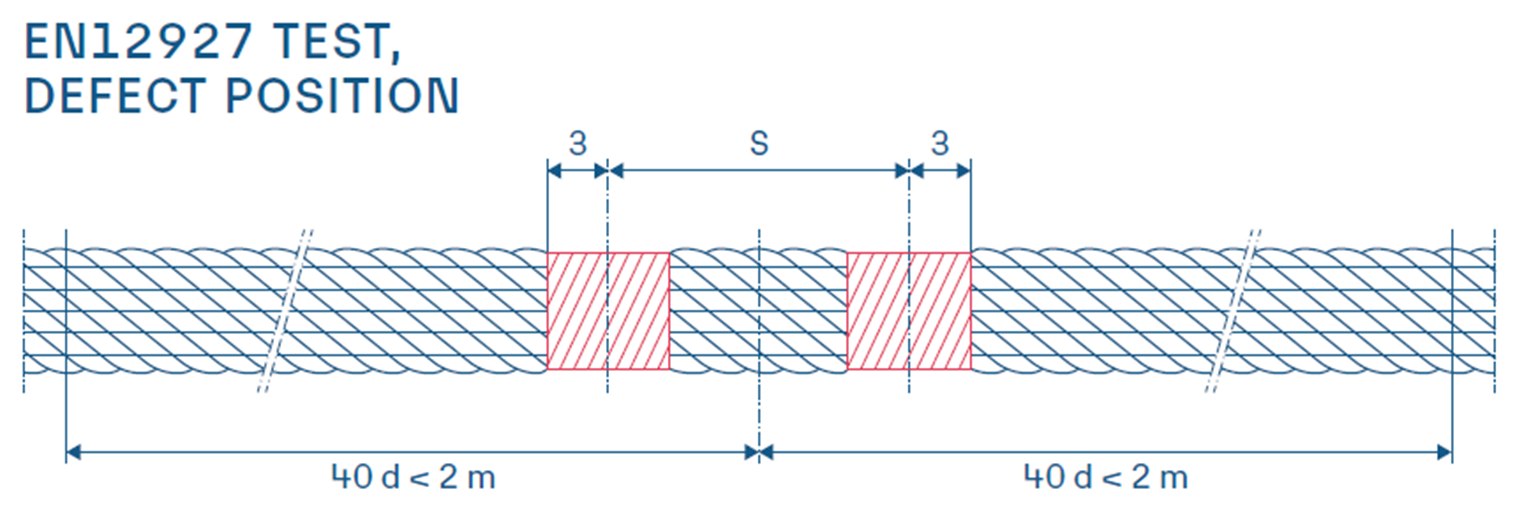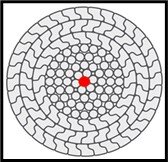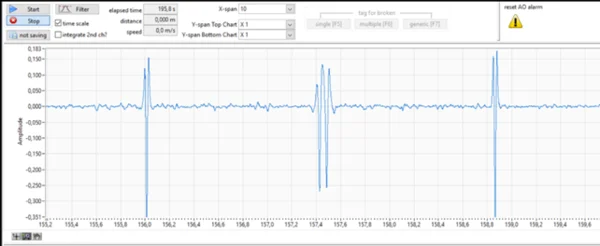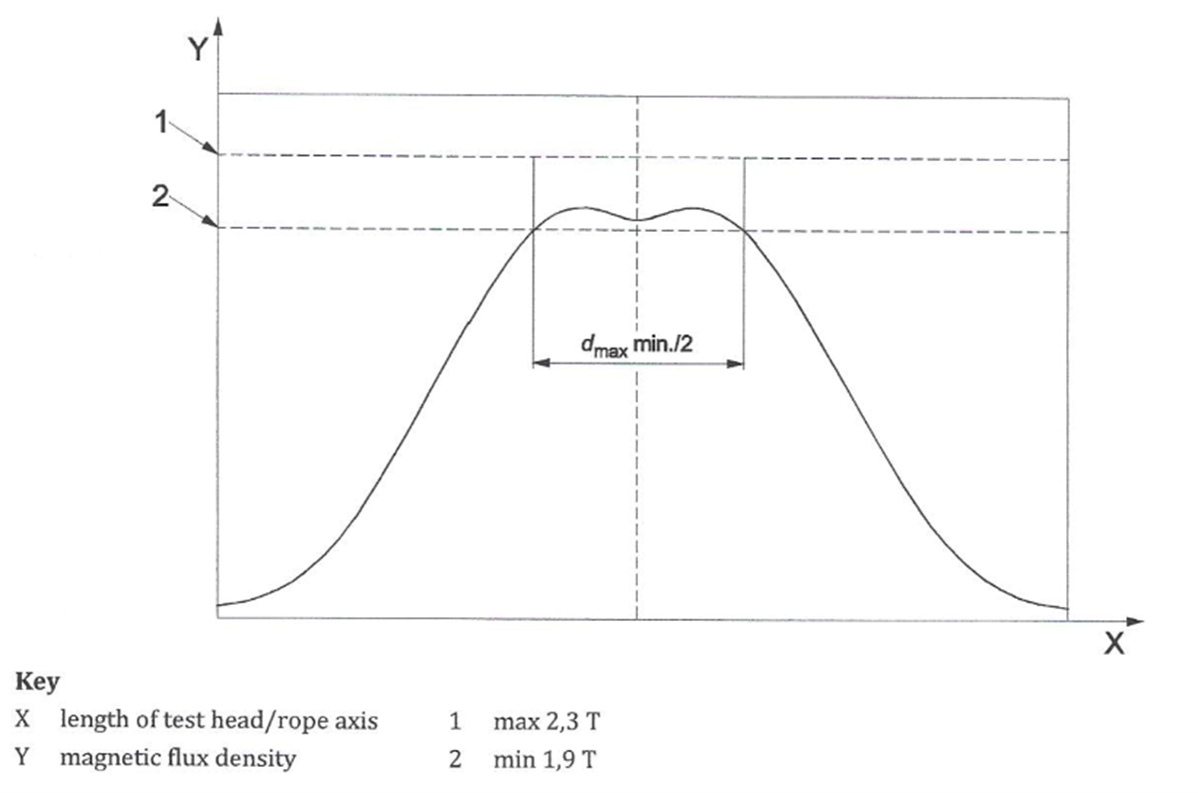Regulation defines rules for making a measurement, a technical decision and or a process safe and technically correct. Regulations must be followed for different reasons.
Firstly, they are written by worldwide acknowledged experts that have a clear idea about what the right process is. The process for creating or modifying a standard is extremely long, it can last years. Different phases must be followed to ensure that everything has been set correctly.
Furthermore, in case of troubles providing an inspection report in compliance with the regulation will legally protect the maintainers
In this article we will analyse The EN12927, a well-known regulation covering safety requirements for cableway installations designed to carry persons. We will focus on Chapter 14 of the new version of standard which approximately corresponds to part 8 of the old version.
Chapter 14 of the EN12927 defines the characteristics of a Magnetic Rope Test (MRT) device, specially, in terms of inner defects sensitivity. This part of the standard is claimed by the new ISO4309:2017 for defining the mandatory characteristics of an MRT equipment.
Is it objectively possible to know the sensitivity of a device? How?

In the cableway sector for operating in the market, every MRT devices must be certified by passing the EN12927 test. This certification states the minimum sensitivity level the equipment must have.
In picture 1. it is shown the construction of the EN12927 sensitivity test. In correspondence of the two red points there are two inner broken wires. The distance between them is S, whilst 3 represents the gap in mm between the defects. Two broken wires, artificially made in the inner wire (king wire) of the steel wire rope, represents the most difficult situation to be detected. This test that is usually performed on locked coil wire ropes. The LATIF of Trento is one of the most important institution in the world for this special test.

The test
The section loss caused by the defects is lower than 0.5% and the distance from the device is maximum at the rope centre.
For this reason, the EN12927 is strong proof of the sensitivity of a device. The equipment must completely saturate the rope and it must report a well-defined signal, with a signal/noise > 2.

The two big signals at the beginning and at the end of the diagram are artificial defects used to define the test length on the rope. The two peaks in the middle are two internal defects. Following the regulation, if the zero to peak amplitude of the signal is at least the double of the noise level (peak to peak) the test is successful. Otherwise the device cannot be used in the cableway’s environment.
Why is this test so important?
This is the only certified test that allows us to understand if an MRT system can find internal damages on a rope. This test is not only a 'need for regulation' issue, it is an objective proof that the device you are buying can identify broken wires.
The new EN12927 also sets new limits for the magnetic field forced inside a rope. The magnetic induction inside a rope should be between 1.9T and 2.3T (picture 4). In this way the completely saturation is ensured, and inner defects could be identified.
What would happen if your device is not certified under the EN12927 regulation?
There is a high possibility that your system cannot recognize internal problems, such as broken wires and corrosion, especially if your rope is larger than 20mm. There is also the possibility that external defects are correctly recognized with a high signal to noise ratio, due to the very low noise of the diagram.
In conclusion, ask always to the device supplier a copy of the certification, that can prove the capabilities of the system.

More about Magnetic Rope Testing?
Discover our articles about Magnetic Rope Testing (MRT):
- When is an MRT suggested?
- Rope inspection, safety and the ISO4309 regulation
- Localized Fault VS Loss of Metallic Area
- MRT-training
- A permanent MRT system
- The magnetization curve of a steel wire rope
- How is MRT equipment made
- How to choose an MRT device
- How to develop customized magneto-inductive equipment




